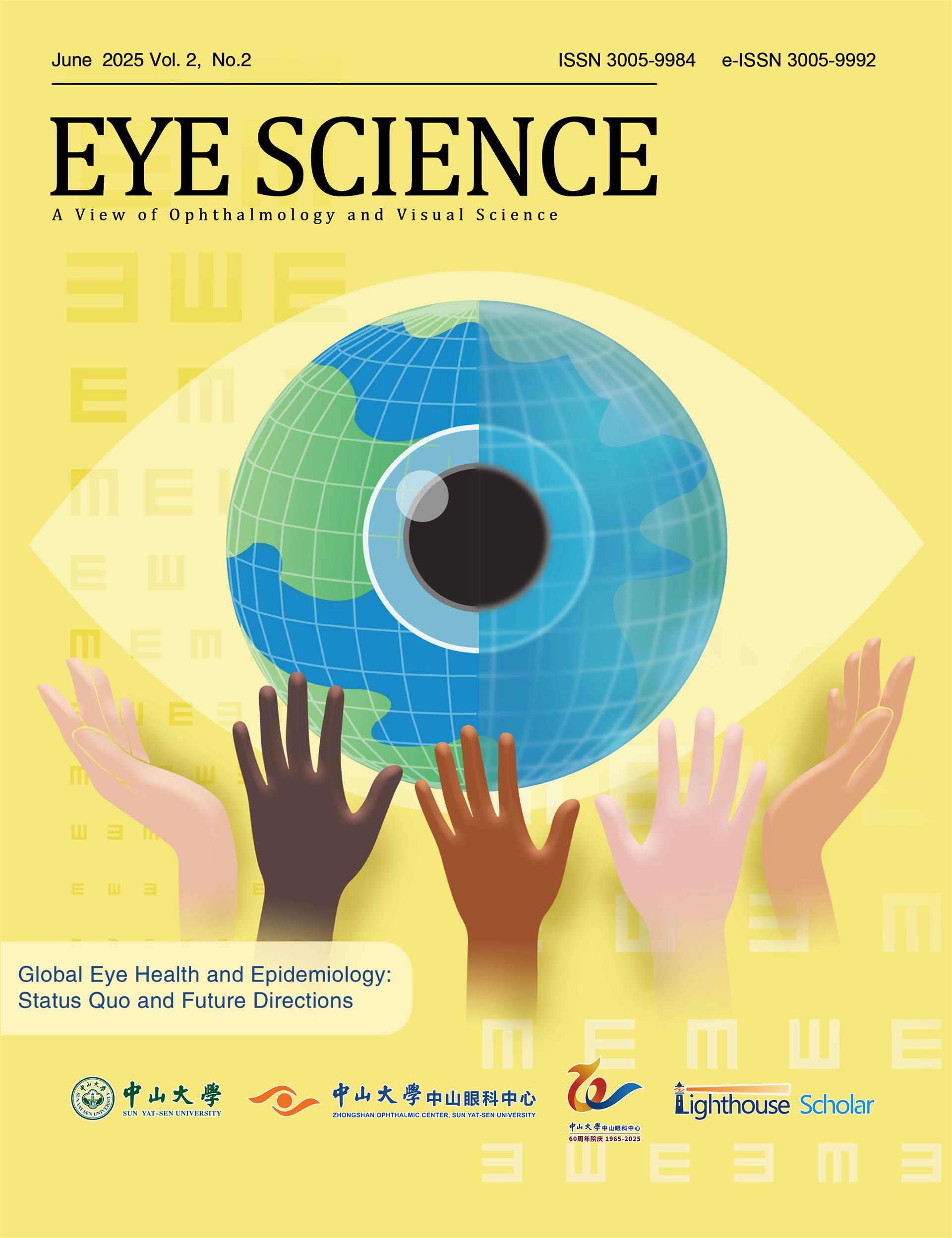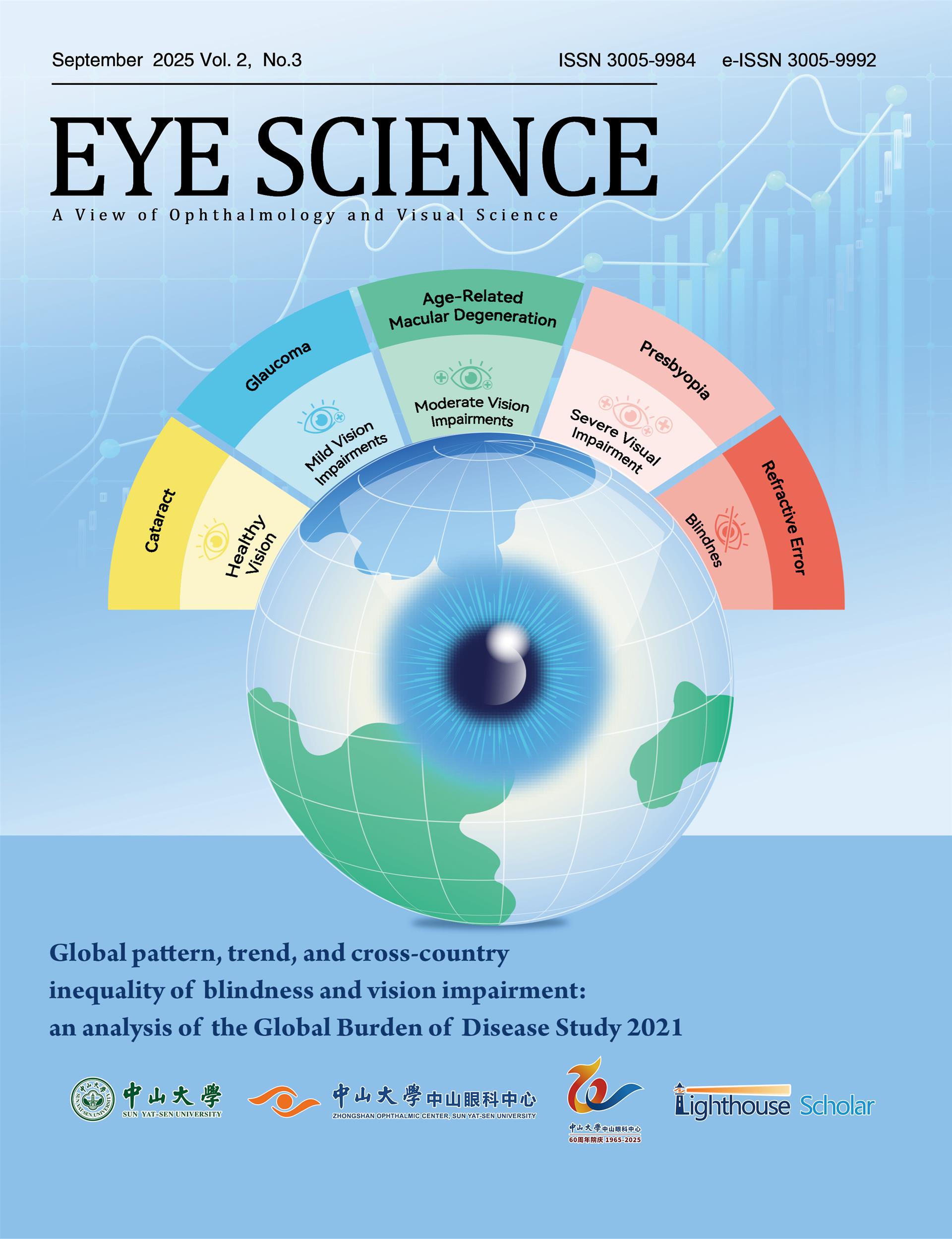Objective: Diabetic retinopathy (DR) is a top leading cause of blindness worldwide, requiring early detection for timely intervention. Artificial intelligence (AI) has emerged as a promising tool to improve DR screening efficiency, accessibility, and cost-effectiveness. This study conducted a systematic review of literature and meta-analysis on the economic outcomes of AI-based DR screening. Methods: A systematic review of studies published before September 2024 was conducted throughout PubMed, Scopus, Embase, the Cochrane Library, the National Health Service Economic Evaluation Database, and the Cost-Effectiveness Analysis Registry. Eligible studies were included if they were (1) conducted among type 1 diabetes mellitus or type 2 diabetes mellitus adult diabetic population; (2) studies compared AI-based DR screening strategy to non-AI screening; and (3) performed a cost-effectiveness analysis. Meta-analysis was applied to pool incremental net benefit (INB) across studies stratified by country income and study perspective using a random-effects model. Statistical heterogeneity among studies was assessed using the I2 statistic, Cochrane Q statistics, and meta regression. Results: Nine studies were included in the analysis. From a healthcare system/payer perspective, AI-based DR screening was significantly cost-effective compared to non-AI-based screening, with a pooled INB of 615.77 (95% confidence interval [CI]: 558.27-673.27). Subgroup analysis showed robust cost-effectiveness of AI-based DR screening in high-income countries (INB = 613.62, 95% CI: 556.06-671.18) and upper-/lower- middle income countries (INB = 1,739.97, 95% CI: 423.13-3,056.82) with low heterogeneity. From a societal perspective, AI-based DR screening was generally cost-effective (INB= 5,102.33, 95% CI: -815.47-11,020.13), though the result lacked statistical significance and showed high heterogeneity. Conclusions: AI-based DR screening is generally cost-effective from a healthcare system perspective, particularly in high-income countries. Heterogeneity in cost-effectiveness across different perspectives highlights the importance of context-specific evaluations, to accurately evaluate the potential of AI-based DR screening in reducing global healthcare disparities.


















